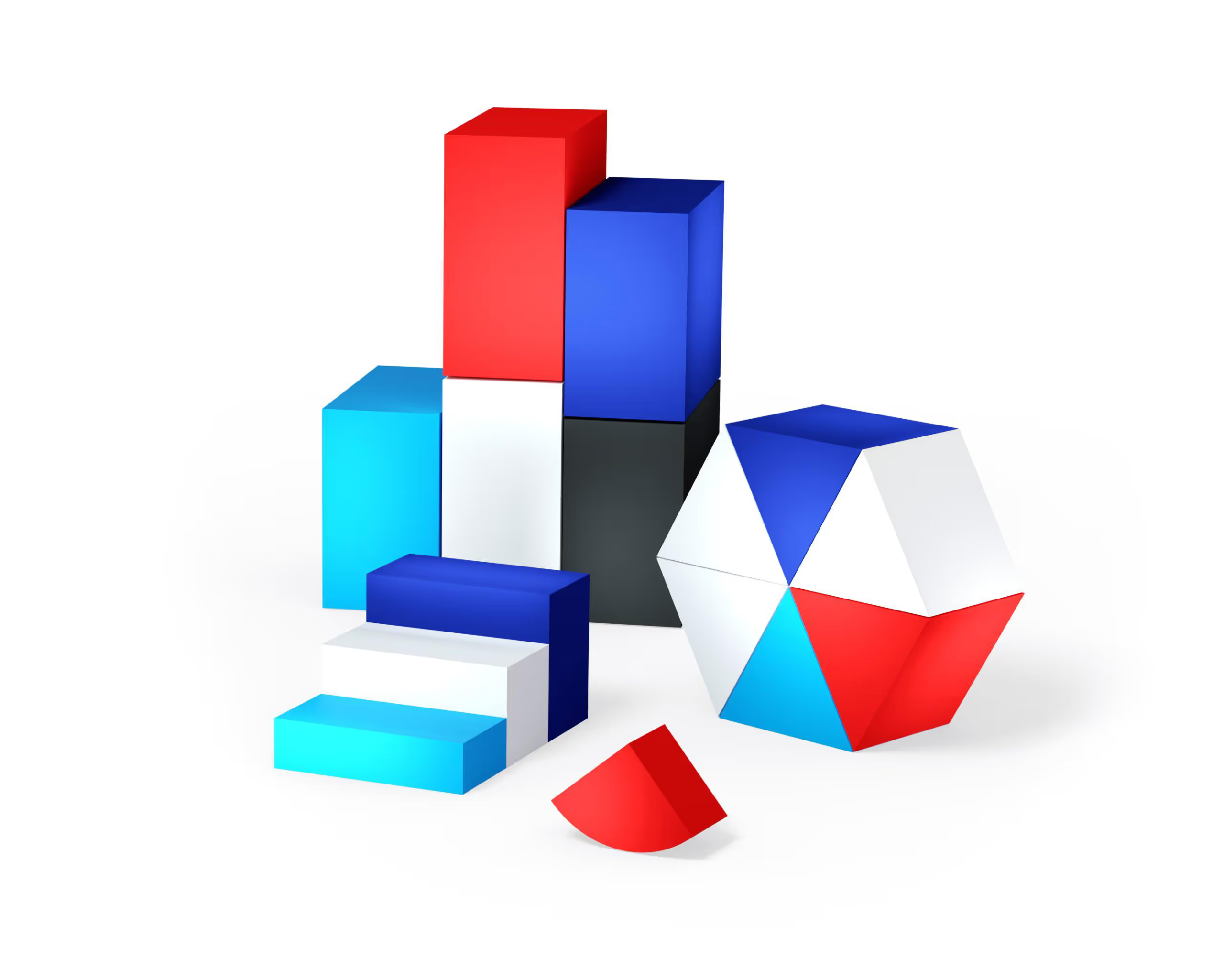

Whether you want to create an innovation strategy, build new ventures, or build your own corporate venture studio, we can help.
Corporate Venture Studio

We worked with Colgate Palmolive to support their transformational growth initiative that included the discovery and validation of several high potential initiatives and the execution of a pilot.
Highline Beta led the discovery and validation of several growth opportunities for us. They worked quickly and focused on tangible results. We now have several high-growth business opportunities that we’re pursuing, with new business models and an expanded focus on delivering great services to our customers as we work to reimagine a healthier future for all people, their pets, and our planet.
Patricia Verduin
Chief Technology Officer,
Colgate Palmolive
Venture Building
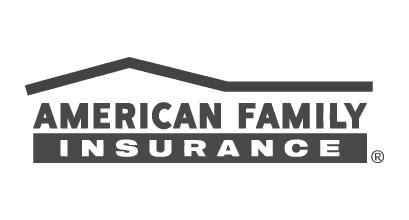
Together with American Family Insurance, we validated, built, and launched Relay platform as a spin-out startup.
Relay began as a collaboration between our innovation team and Highline Beta. We realized the potential Relay held to raise efficiencies and effectiveness for our whole industry and spun it off. Now we are excited to witness the rapid market adoption of this elegant — and independent — cloud-based solution. There is no question complex risk transfers, in reinsurance or insurance, can benefit from the boost into modernity that Relay offers.
Dan Reed
Managing Director,
American Family Ventures
Our AI-powered venture strategist, trained to help you research, learn, and launch innovation the Highline Beta way.
Try Now
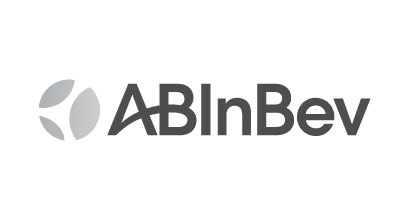

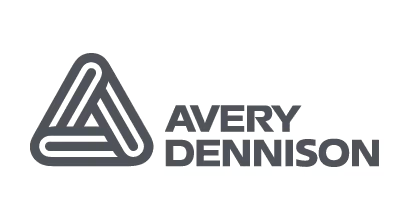
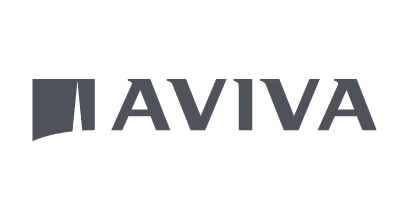
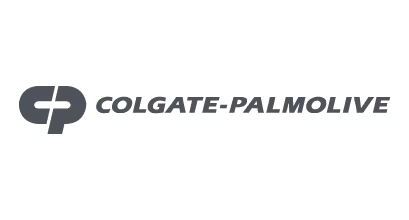
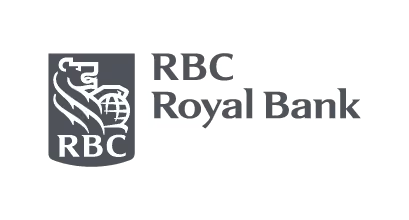
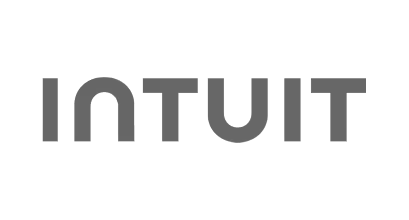
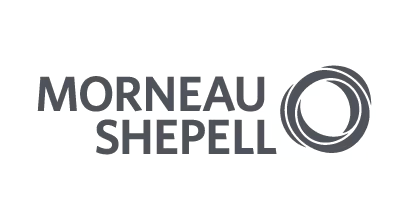
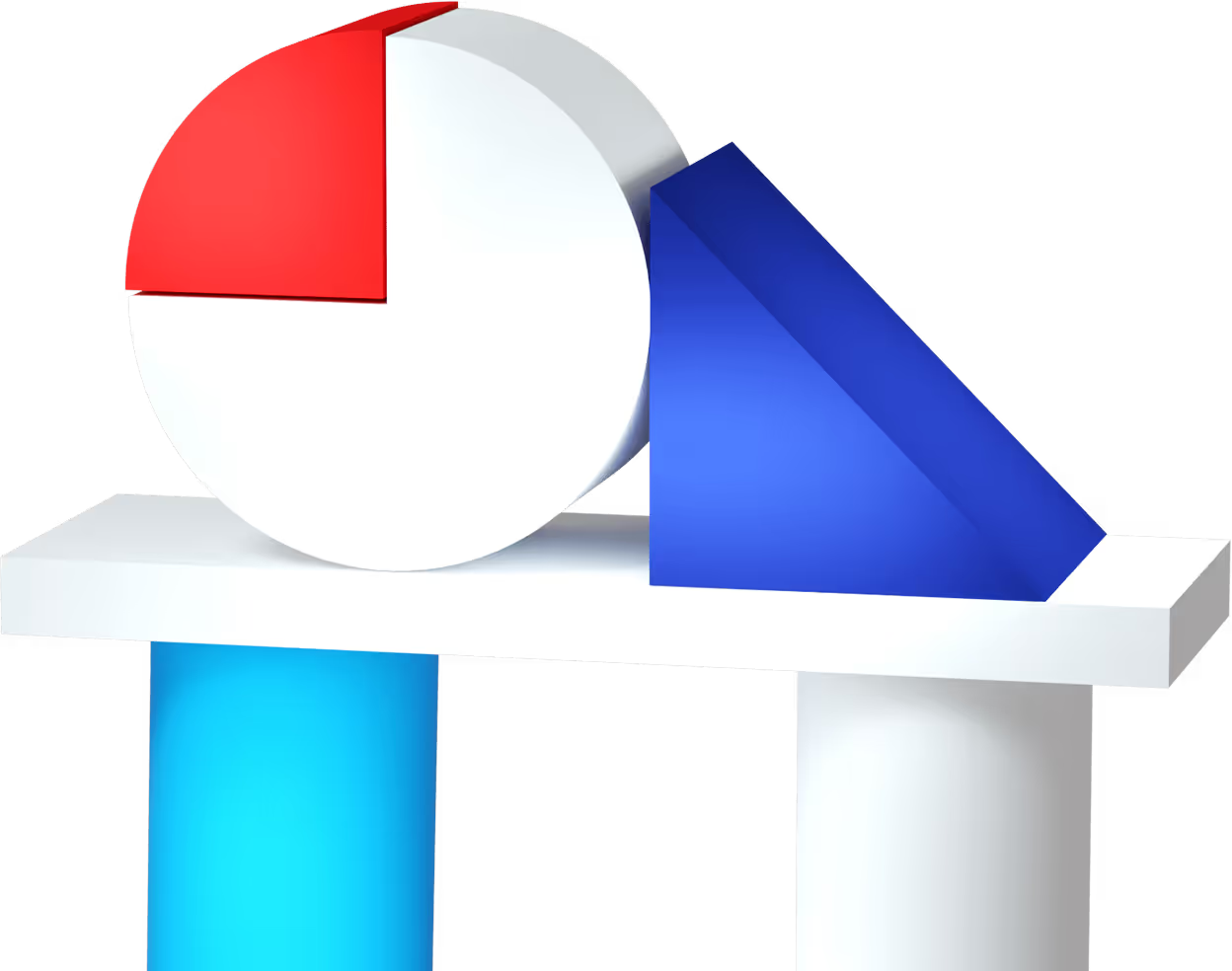 Corporate Venture BuildingCorporate Venture Building
Corporate Venture BuildingCorporate Venture BuildingUsing our entrepreneurial backgrounds and startup toolkits we help enterprise innovators build new ventures from idea to launch and beyond.
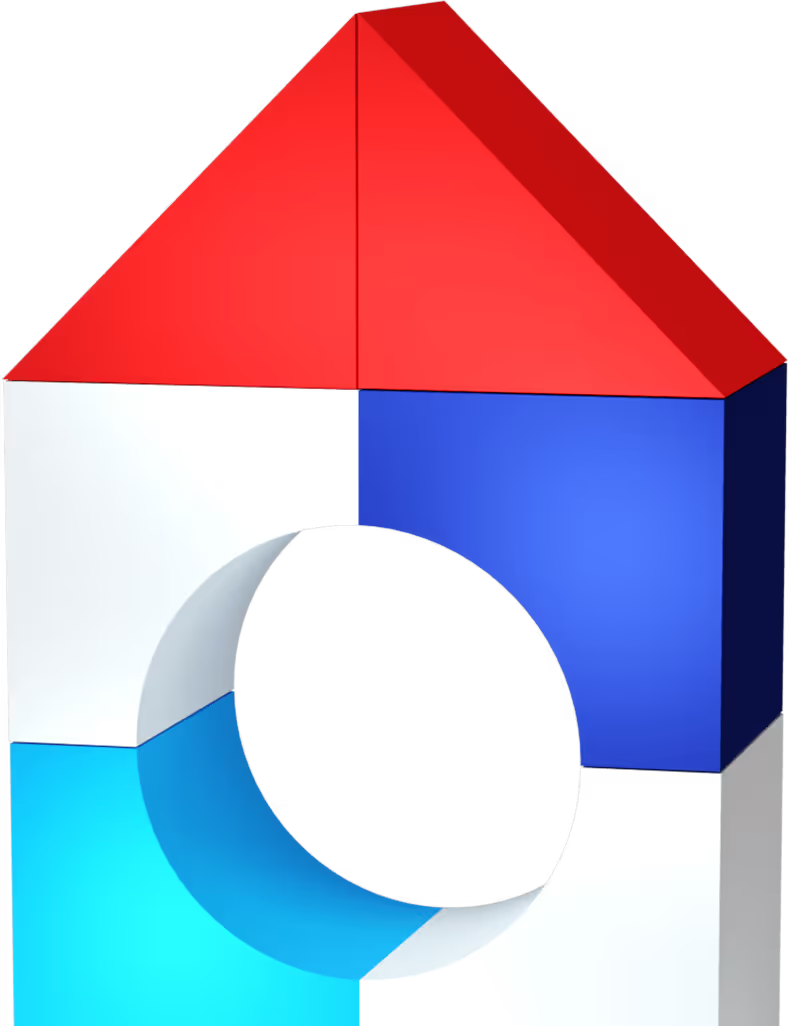 Corporate Venture StudiosCorporate Venture Studio
Corporate Venture StudiosCorporate Venture StudioBuild a repeatable engine of venture creation through an internal or external venture studio. We help design, launch, run & support corporate venture studios.
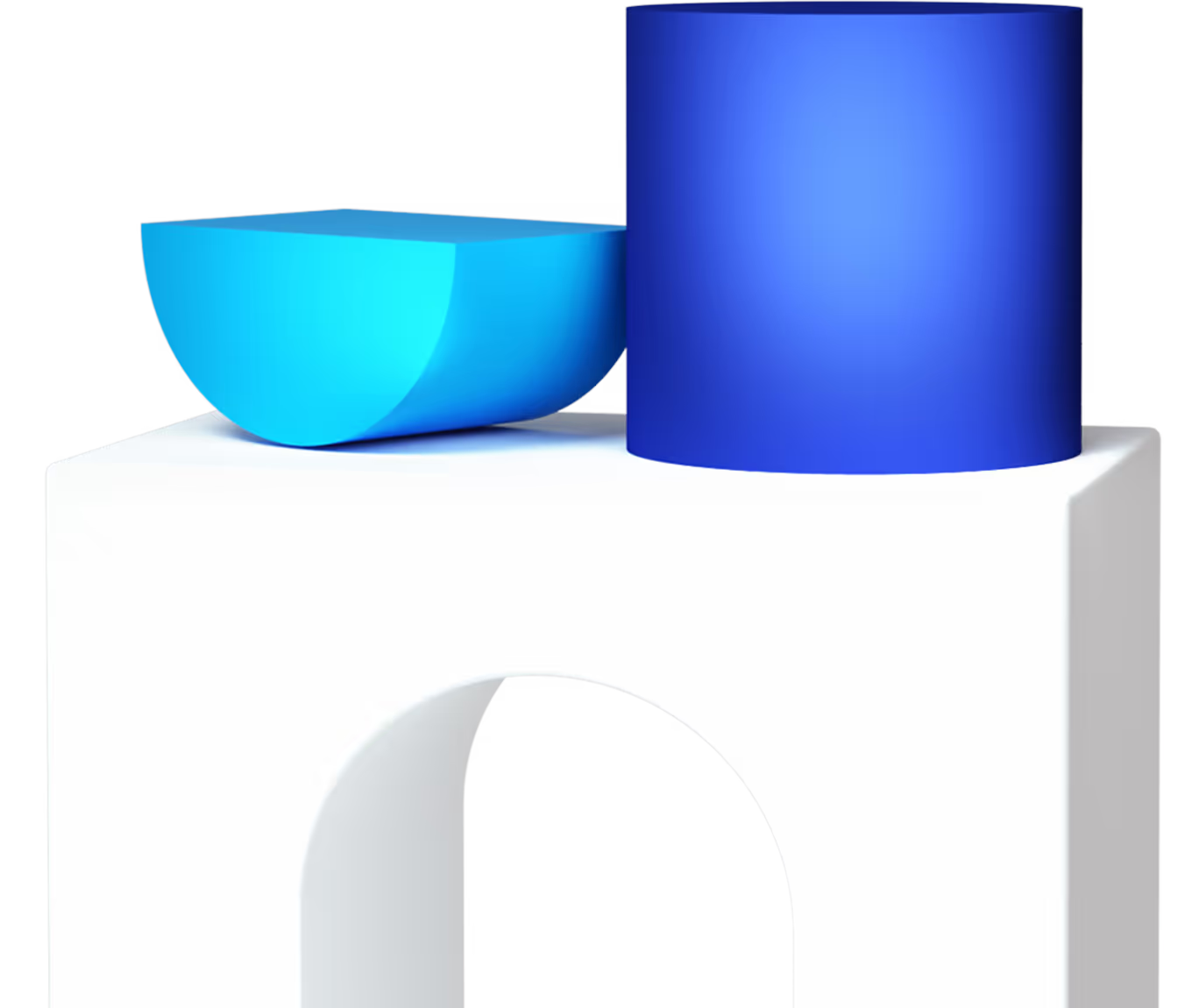 Venture
Venture We co-invest with corporate partners, sharing the risk with you and founders alike. The conviction to invest early is a key part of any successful venture studio.
We always enjoy conversations about innovation and startup building so please get in touch.
